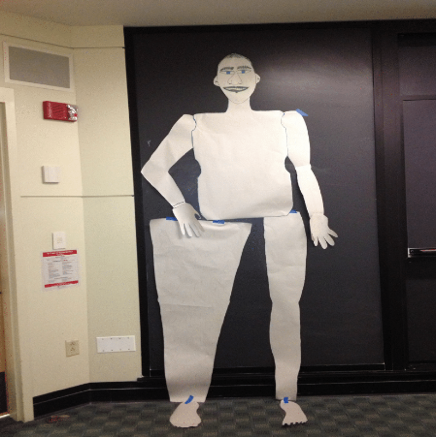Kathy Gavin
Confratute is without a doubt the best professional development activity I am engaged in all year! So once again I am excited to work with teachers in my strand, Mentoring Mathematical Minds: Teaching Math to Talented Elementary Students. The investigations we explore come from the Project M3, an NAGC award-winning series of curriculum units, for mathematically talented elementary students. I have found that the best way for me to understand students' thought processes as they engage in an activity and learn how they come to know the mathematics is to do the activity myself. In this strand, you will immerse yourself in several investigations and explore how your students think and act like mathematicians as they work with engaging and advanced mathematics.
For example, in one investigation students are the mathematicians on a Himalayan expedition out to discover the Yeti. They find a very large footprint that they determine must be from this creature. Unfortunately, all their measuring tools were lost when their backpack fell through a crevasse during a blinding snowstorm! They only have an unsharpened pencil and use it to figure out that the footprint measures two pencil lengths. They (and you) are now back in the lab and must create a life-size Yeti with this information. Each small group is given some paper and supplies and assigned a particular body part (right leg, left hand, etc.) to sketch and cut out. They must work together to figure out how to do this using math problem solving skills and creativity. They record their steps. Finally, they present their findings to the class and we tape together the body parts to create a complete Yeti.
Here is a sample of one our Confratute Yeti's!

Our motto for all our curriculum investigations is "The math begins when the game ends." So we now discuss how the creature looks. Why is the right leg much fatter than the left leg? How come the left hand is short and stubby compared to the right hand? Besides using critical thinking to analyze their measurement process, students are engaged in proportional reasoning, an advanced math concept, and put it to use to rectify the design.
I look forward to creating a Yeti with you this summer along with many more math investigations that promote the 3 E’s of Confratute (Enjoyment, Engagement and Enthusiasm for Learning) while nurturing math talent in your students.
Kathy Gavin
University of Connecticut
mkatherinegavin@aol.com